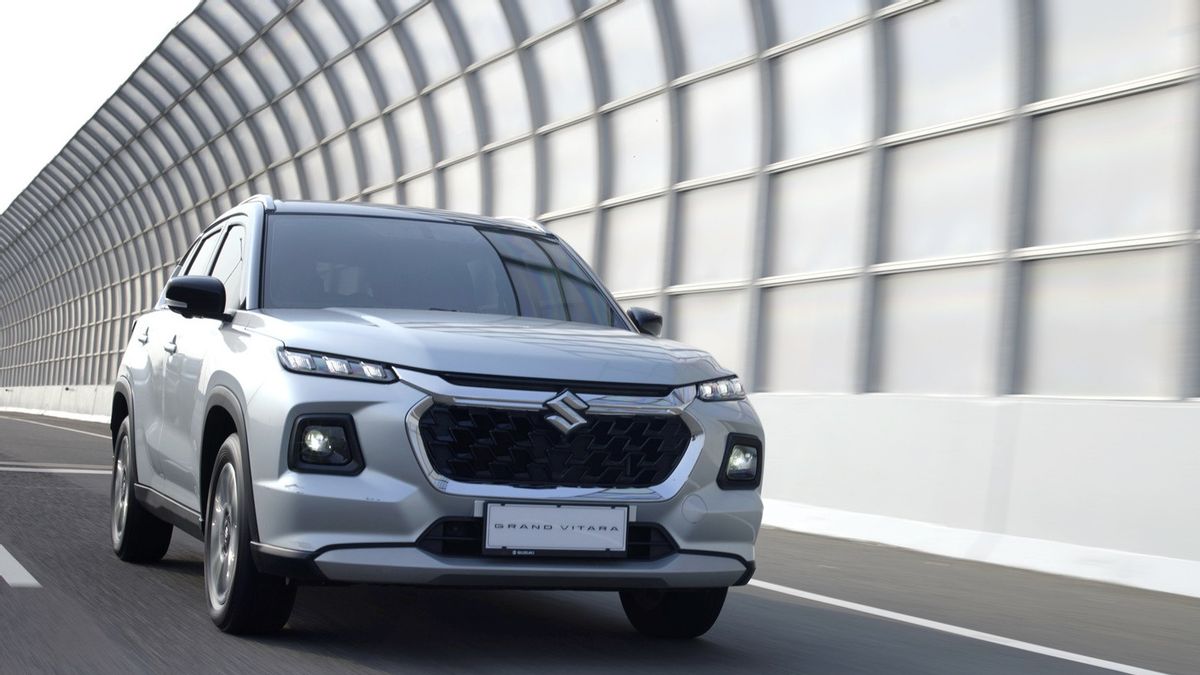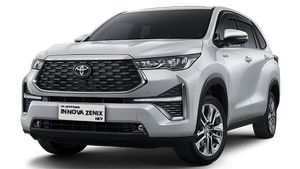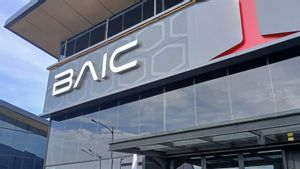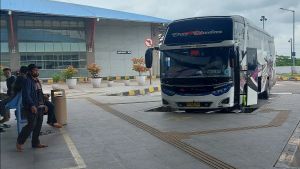JAKARTA - Toll roads are a transportation infrastructure that is often used by four-wheeled users, because the lane is faster and smoother and becomes the ideal solution for travel needs.
Based on data from Jasa Marga during the first quarter of 2024, it shows that every day 177,389 vehicles pass through the expressway in Indonesia. As a paid service, there are a number of rules that users need to obey and concentration is needed to ensure safe travel.
According to Joshi Prasetya, Dept. Head of Strategic Planning of PT Suzuki Indomobil Sales (SIS), understanding and obeying the rules on toll roads is very important for mutual safety.
"Toll roads are the most frequently used facilities for urban people, so it is very important to follow the regulations so that travel is safer and smoother. We urge all Suzuki customers to always pay attention to applicable regulations," he said, in his official statement received, Friday, August 9.
Before using the toll road, there are several things that must be considered in order to stay safe and comfortable. Here are the tips:
Pay Attention to Speed Limits
The first thing to pay attention to is the speed limit. Although the road is relatively barrier-free, it does not mean that motorists can drive carelessly on toll roads. There is a speed limit that must be considered.
Based on Government Regulation No. 79 of 2013 concerning Road Traffic and Transportation Networks (LLAJ) article 23 paragraph 4, as well as Regulation of the Minister of Transportation concerning Procedures for Determination of Vehicle Speed Limits Article 3 paragraph 4, the speed limit is determined between 60 to 100 kilometers per hour according to installed traffic signs. For urban routes, the minimum speed is 60 kilometers per hour while a maximum of 80 kilometers per hour. Meanwhile, on out-of-town routes, the lowest speed is 60 kilometers per hour while the highest is 100 kilometers per hour. Obeying this rule is very important for safety and traffic alignment. If there is a violation of the speed limit, it will be followed up through sanctions that are monitored through the deployment of Electronic Traffic Law Enforcement (ETLE) cameras at various points as evidence of violation.
SEE ALSO:
Knowing the right lane to pass
The second thing that must be considered is the right lane to pass, because generally the toll road consists of several lanes. The one lane is intended for minimum speeds or heavy-loaded vehicles such as trucks and buses. The second lane is intended for vehicles faster and more stable. While lanes of three or rightmost function to overtake. While the leftmost or shoulder track is devoted to rumija (room belonging to the road) as well as emergency trajectories that can only be used in emergency conditions, for example when the car is problematic. So that the journey of all users can be more regular, avoid abuse such as lane hopping or using the shoulder of the road that is not suitable for use.
Obeying road equipment instructions
The third thing is to comply with toll road signs that are very important for order and even travel efficiency. Understanding of various regulatory instructions is needed which indicates appeal, warnings to prohibitions. Simply put, motorists can read the markers of the destination direction, speed limits, early warnings of entering and exit of the toll road, payment substations, and markers of the existence of a nearby rest area. In addition, other information boards also need to be considered during the trip so that all toll road users are always traffic orderly.
Understanding the meaning of the line markings
Last or fourth is understanding the road line markings. As a path affirmer that is traversed, the driver will find several types of line markings with different functions. For example, on the far left side there is a straight white line intact as a sign of the shoulder boundary of the road and it should not be traversed by vehicles except in an emergency condition or the vehicle is experiencing obstacles. If necessary to move lanes, the driver can cross a broken white line. On the right side of the lane, a complete straight yellow line will also be found, as a hint of the lane boundary and a ban on stopping on the right side. Often, it is found that the convex mark (chevron). As the name implies, this line has a function to provide a sign to the driver that there is a merging area or lane separation, so it is necessary to adjust the speed and see if there are other vehicles that want to maneuver.
The English, Chinese, Japanese, Arabic, and French versions are automatically generated by the AI. So there may still be inaccuracies in translating, please always see Indonesian as our main language. (system supported by DigitalSiber.id)
















